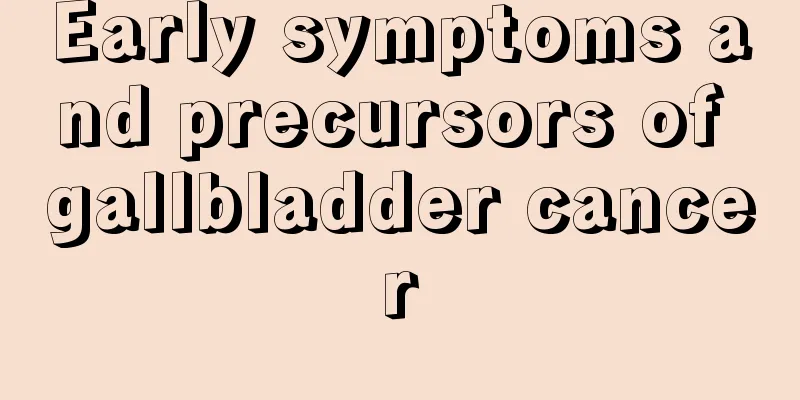What to do if you get gas poisoning

|
Gas poisoning is mainly colorless, tasteless and odorless, but when carbon-containing substances burn in an environment with insufficient oxygen, they will produce such symptoms. If the ventilation is not good or some heaters are used improperly, it will lead to such phenomena. In severe cases, the symptoms are very obvious, and the changes in symptoms and signs in daily life are also very large, which will cause changes in mental state, convulsions, coma, and gastrointestinal symptoms. Some of the more critical symptoms of brain hypoxia and poisoning are also gas poisoning. Many people in daily life are more concerned about gas poisoning. The main thing for first aid treatment is to move the patient to some secluded place as soon as possible, open some doors and windows, or breathe some fresh air. The first step in treatment is to move the patient to a CO2-free place or open the doors and windows to breathe fresh air as soon as possible; if there are temporary difficulties, the rescuer puts on a mask himself and then immediately puts on an oxygen mask for the patient until the patient is moved to a safe place. The second and most important step is to give the patient high-concentration oxygen via nasal cannula or mask (normative oxygen therapy). The quickest way to get CO out of the blood is with treatment in a hyperbaric oxygen chamber. All patients suspected of CO poisoning should be treated in a hyperbaric oxygen chamber as soon as possible, preferably within 6 hours of poisoning. Hyperbaric oxygen therapy should be given regularly to CO poisoning patients with coma, cardiovascular disease or cardiac ischemia and persistent mental and/or neurological disorders. Hyperbaric oxygen therapy can shorten recovery time and reduce the occurrence of delayed encephalopathy. For delayed encephalopathy caused by CO poisoning, hyperbaric oxygen therapy may be effective for patients with a course of less than six months, and should also be actively sought within one year. A recent study shows that hyperbaric oxygen therapy is safe for pregnant women. In addition to the above measures, other supportive therapies should be adopted, including: ① Use of energy mixtures. ② Use large amounts of vitamin C: 1 to 2 g each time, add to liquid and drip intravenously, 1 to 2 times a day. ③Corticosteroids can reduce tissue reactions and are effective in preventing and treating cerebral edema when used in combination with mannitol. Dexamethasone is generally the first choice, 10 mg intravenous injection, 2 to 3 times/d. ④ Dextran 40 (low molecular weight dextran): It can be used especially in cases of hypotension or shock. This drug is effective not only for acute CO poisoning, but also for delayed encephalopathy. ⑤If the patient has high fever, convulsions, severe cerebral edema and central respiratory failure, hibernation therapy may be considered. ⑥ Anti-infection: If infection does exist, antibacterial treatment can be carried out. However, it should be noted that a slightly higher body temperature and slightly higher peripheral blood white blood cells and neutrophils may be the body's stress response and antibacterial treatment is not necessary. ⑦ Correct acid-base and electrolyte imbalance: Make judgments based on the results of arterial blood gas and synchronized electrolytes and take corresponding measures. It should be noted that it is not necessary to be "aggressive" in correcting mild acidosis, so as to avoid alkali poisoning and aggravating tissue hypoxia. ⑧For comatose patients, brain protein hydrolysate (cerebrolysin) and citicoline (cytidylinositol) can be used for treatment. Drugs such as ethamethiocarbamide (ethaminethiocarbamide) and meclofenoxate (clofenoxate) often have little effect and may even cause convulsions in patients, so they should be used with caution. ⑨ Exchange transfusion and hypothermic perfusion can be used as auxiliary measures to treat patients with CO poisoning. The pros and cons of this therapy should be noted. ⑩Other symptomatic treatments. The above is the phenomenon of gas poisoning. Diet and health care are also very important. It is mainly manifested in the fact that many people in daily life are more concerned about gas poisoning. How to provide first aid and treatment is mainly to move the patient to some secluded place as soon as possible, open some doors and windows, or breathe some fresh air. Appropriate supplementation of some vitamins can be a preventive care. It is necessary to prevent pipe leaks and ventilate. |
>>: The jaundice index is high
Recommend
Radish can cure gout. Radish is very effective in treating gout
I believe everyone is familiar with radish. It is...
What is the probability of thyroid cancer being excluded
The possibility of thyroid cancer to be excluded ...
Is the cure rate of early ovarian cancer high?
Ovarian cancer is a malignant tumor that occurs i...
How to prevent pregnancy without a condom?
When a couple or a lover has sex, if they are not...
If there is prostate cancer in the family, will it be inherited?
Many people have questions about prostate cancer:...
The correct way to put your tongue against the palate
Although pressing the tongue against the upper pa...
Why is my throat blocked and my chest stuffy?
I believe many people are familiar with the situa...
How to take care of lung cancer? Daily care methods for lung cancer
Everyone should know something about lung cancer....
What's wrong with clear water running from the nose
The main function of the human nose is to allow p...
Histopathology of prostate cancer
Prostate cancer is a malignant tumor arising from...
Freestyle breathing technique slow motion
Freestyle breathing technique slow motion, usuall...
Methods to prevent colorectal cancer after cholecystectomy
Patients are at risk of developing colorectal can...
Why are there more and more lung cancer patients
According to data, in the past 20 years, the inci...
Can't sleep because of the snoring
When you can't sleep because of loud snoring,...
Unhealthy lifestyle is the culprit of lung cancer
Lung cancer is a disease that is common among the...









